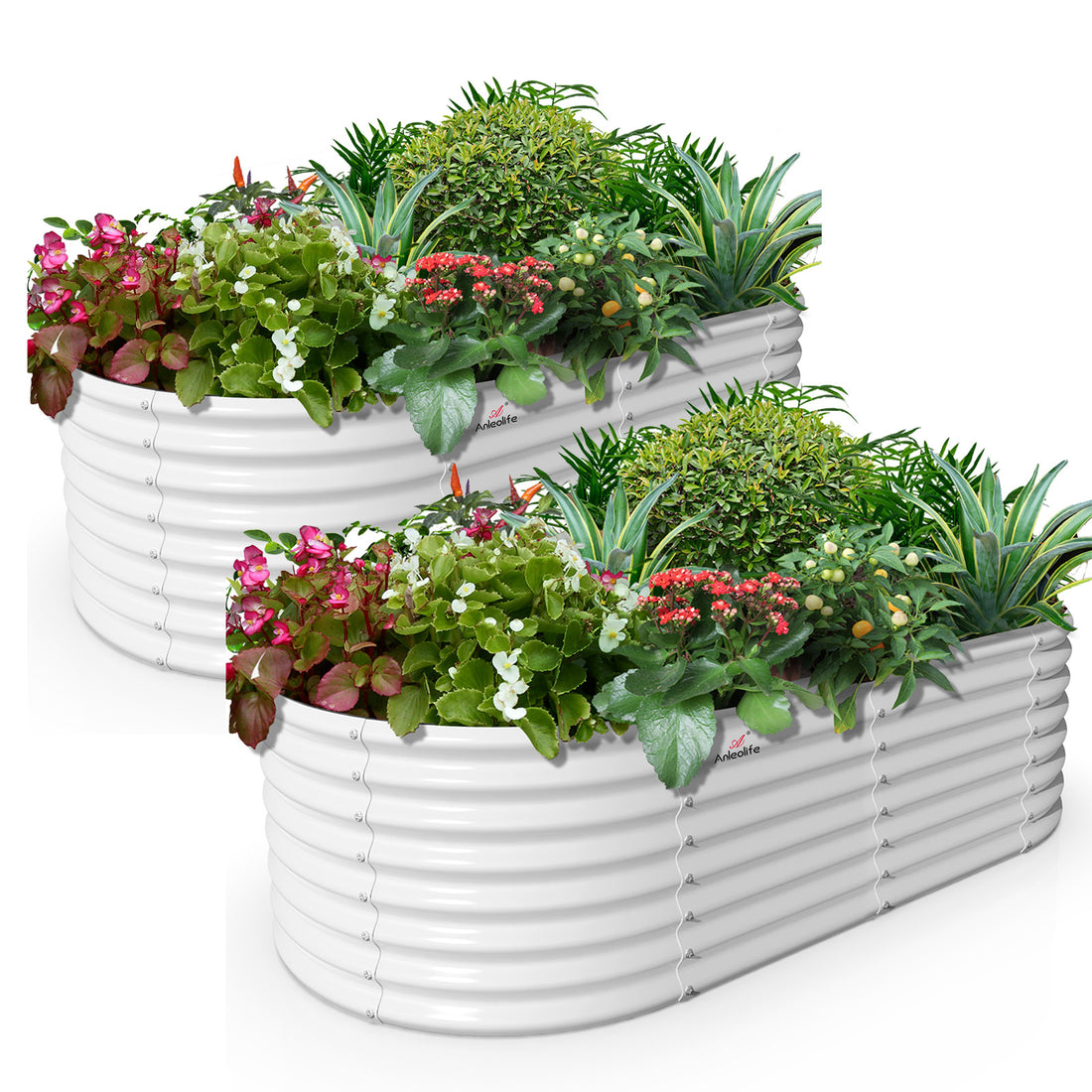The Benefits of Raised Garden Beds: Why Every Gardener Should Consider Them
Body
Gardening enthusiasts around the world are increasingly turning to raised garden beds as a solution to various gardening challenges. But what exactly makes these structures so appealing? In this article, we will explore the numerous benefits of raised garden beds and why they should be a consideration for every gardener.

Improved Soil Quality
One of the primary advantages of using a raised garden bed is the ability to control soil quality. Traditional gardening often involves dealing with poor soil conditions, which can hinder plant growth. With a raised bed, you can fill it with high-quality soil tailored to the needs of your plants. This not only enhances drainage but also allows for better aeration, leading to healthier root systems.
Enhanced Accessibility
Accessibility is another significant benefit of raised garden beds. For individuals with mobility issues or those who simply prefer not to bend down, these beds can be built to a height that makes gardening easier. Have you ever struggled to reach the back of a traditional garden plot? With a raised bed, you can eliminate that challenge, making gardening a more enjoyable experience.
Effective Pest Control
Raised garden beds can also provide a natural barrier against pests. The elevation of the plants makes it more difficult for certain pests to reach them. Additionally, gardeners can easily implement protective measures such as row covers or netting without disrupting the entire garden. Wouldn't it be great to reduce the amount of pesticides used in your garden? By utilizing a raised garden bed, you can create a more organic gardening environment.
Extended Growing Season
Another compelling reason to consider a raised garden bed is the potential for an extended growing season. The soil in raised beds tends to warm up faster in the spring, allowing for earlier planting. Conversely, they can also retain heat longer into the fall, giving you the opportunity to harvest crops later in the season. This can be particularly beneficial for gardeners in cooler climates.
Choosing the Right Materials
When constructing a raised garden bed, the choice of materials is crucial. Common options include wood, stone, and metal. Each material has its pros and cons, so consider factors such as durability, aesthetics, and cost. For instance, galvanized steel beds are known for their longevity and resistance to rot. You can explore various options at .
Conclusion
In conclusion, the benefits of raised garden beds are numerous and varied. From improved soil quality and accessibility to effective pest control and an extended growing season, these structures can significantly enhance your gardening experience. If you have yet to consider incorporating a raised garden bed into your gardening practices, now is the perfect time to explore this option. Happy gardening!










Comments